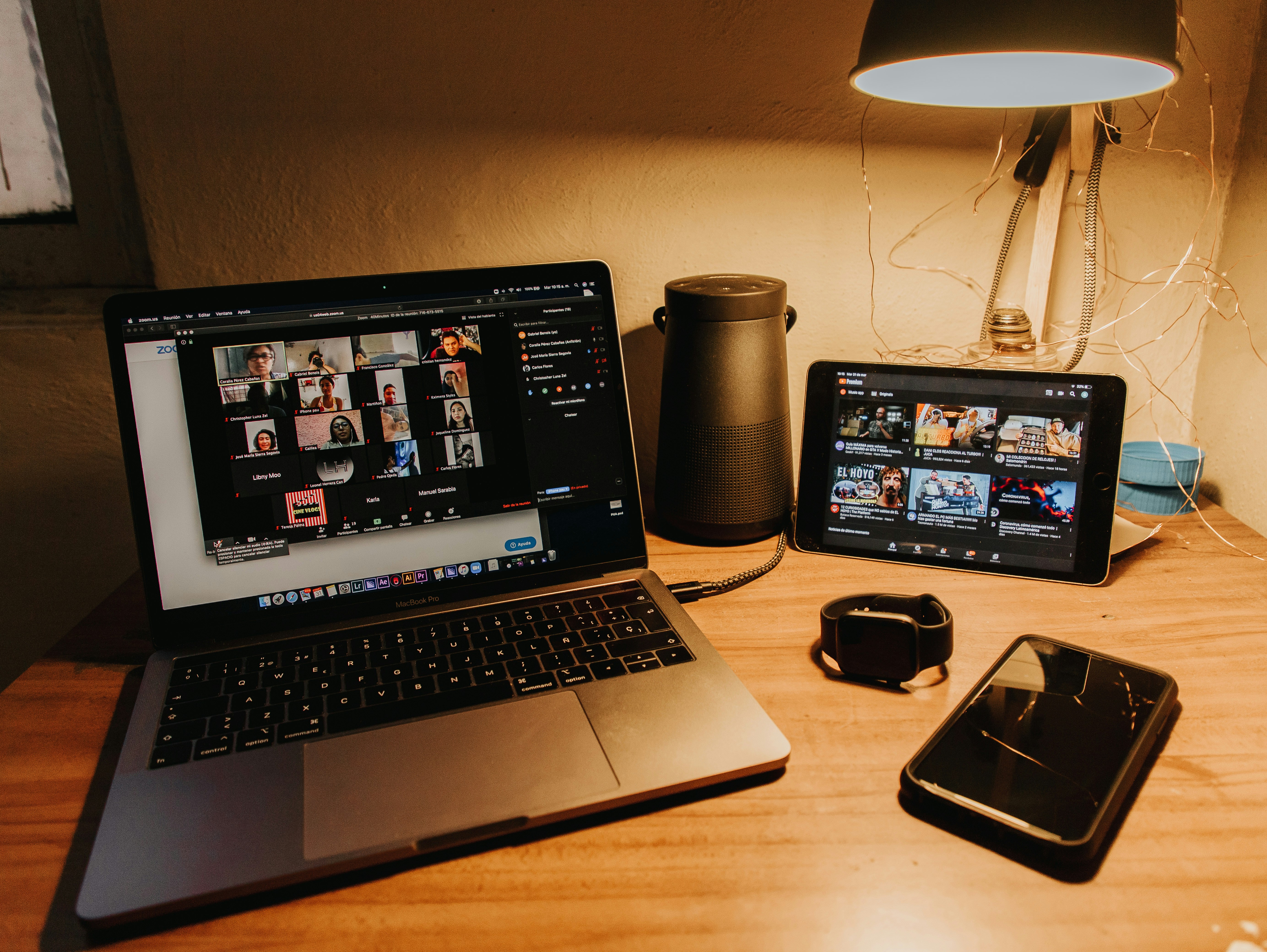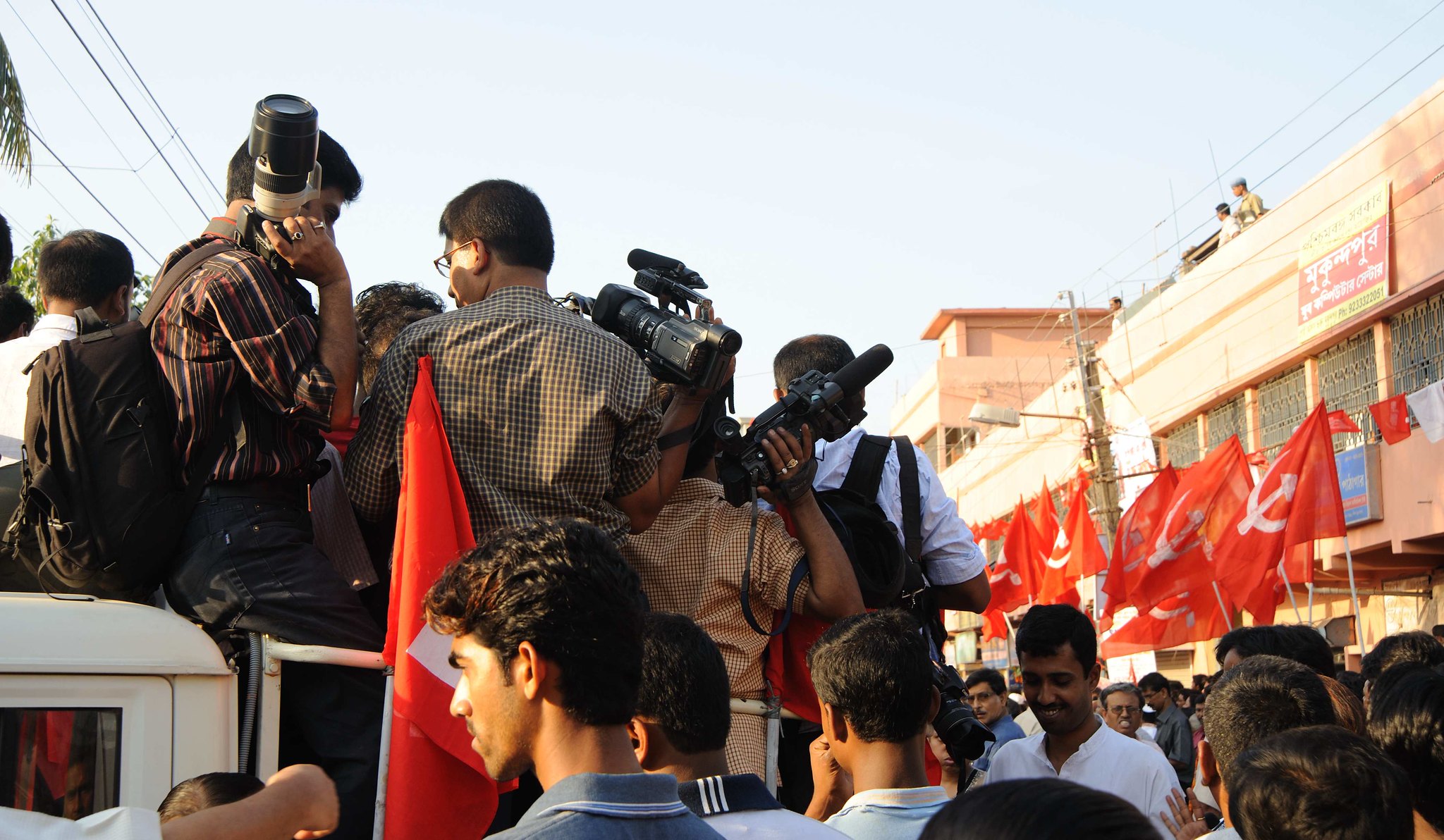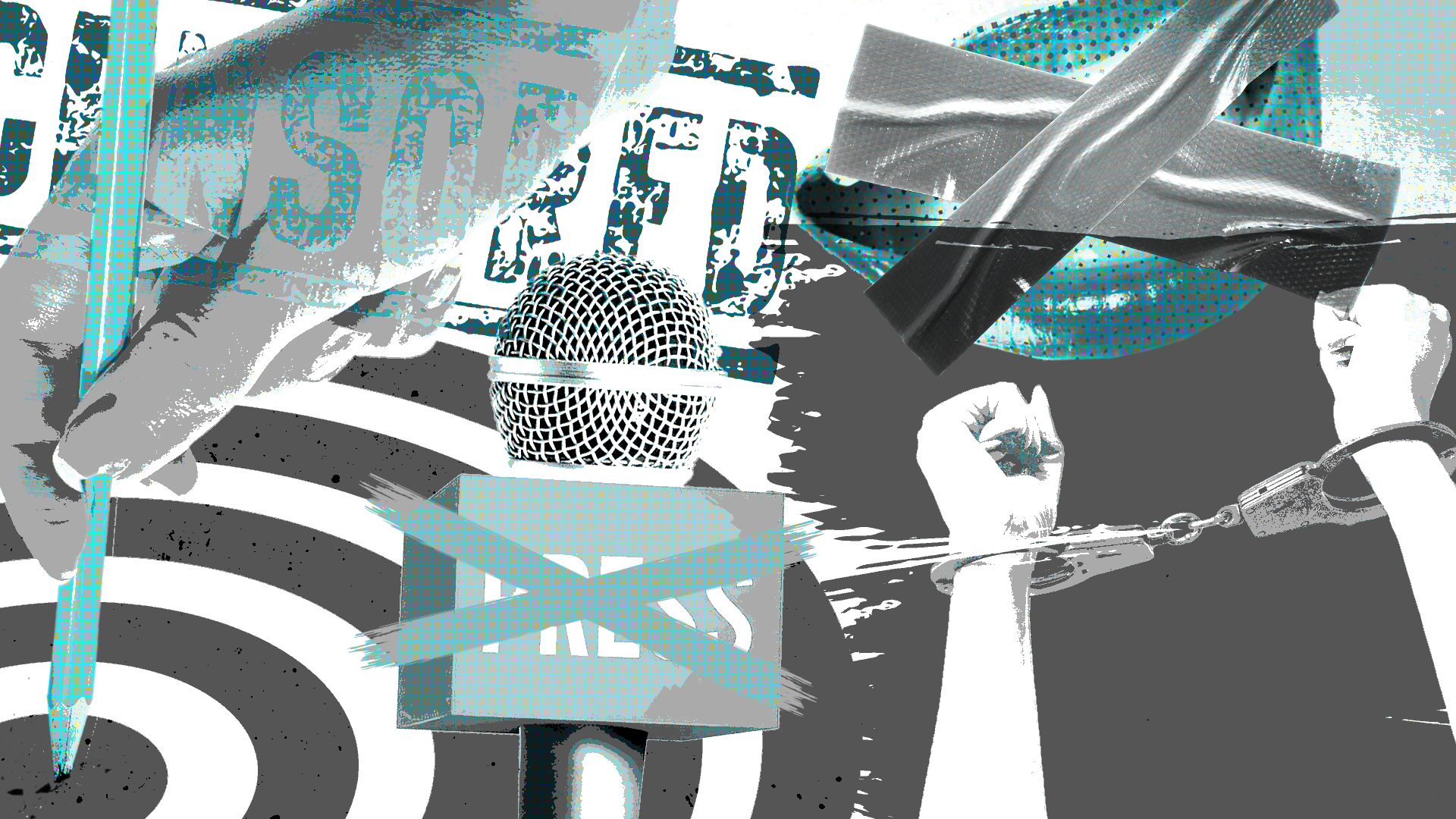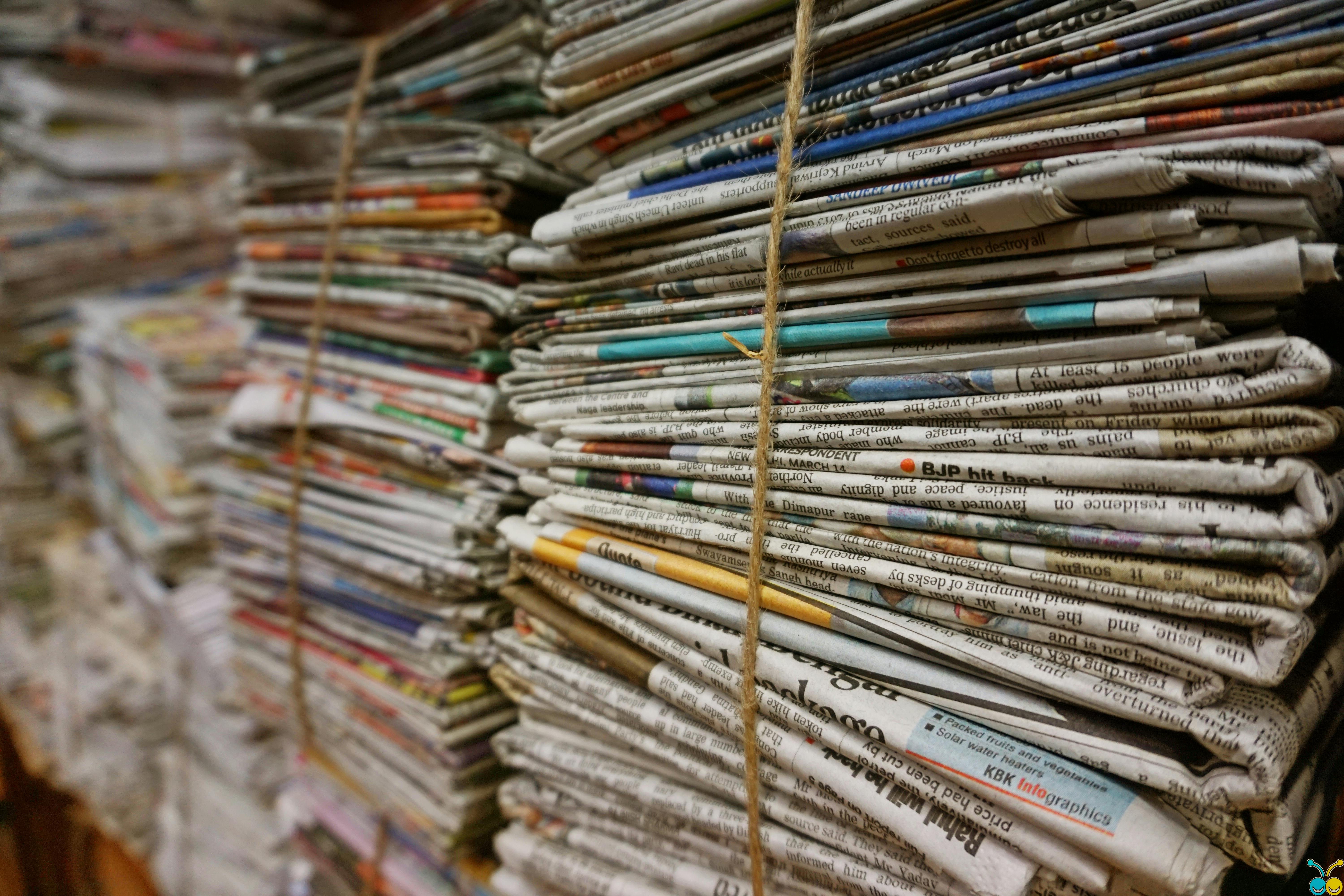Print and electronic media are coping admirably with the upheavals being wrought by social media.
 Social media has dramatically transformed the Indian news industry. : Gabriel Benois Unsplash
Social media has dramatically transformed the Indian news industry. : Gabriel Benois Unsplash
Print and electronic media are coping admirably with the upheavals being wrought by social media.
When 29-year-old YouTuber Dhruv Rathee put out a video during the on-going parliamentary elections, exposing how the ruling BJP has “brainwashed” hundreds of thousands of Indians, he took much of the country by storm.
In slightly over a day, his video notched up a staggering 11,836,645 views. It also picked up 200,000 comments and 1.2 million ‘likes’. Rathee, or @dhruvrathee, has 18.3 million followers on YouTube where he loves “breaking down complex issues in simple words”.
On Instagram and Facebook, Rathee has 6.8 and 2.8 million followers, respectively. He freely gives interviews to journalists working for traditional media. He is a trenchant critic of the Narendra Modi government, but he also claims to be “anti-Congress”.
Three weeks before his “brainwashed” video, Rathee made a 23-minute on-screen presentation, which focused on Delhi Chief Minister and Aam Aadmi Party (AAP) chief Arvind Kejriwal’s arrest. It’s been watched more than 31 million times on YouTube. Around 2.8 million people have “liked” the video and more than 344,000 have left comments.
There are others like Rathee and the pantheon of Indian social media stars also includes former journalists who either quit or were gently elbowed out. They now use a wide variety of platforms to do what they couldn’t do freely when they had regular jobs.
The immense popularity of social media and its ability to create ripples long before traditional media even wakes up to news, let alone print or broadcast the day’s important information, has opened up a debate on not just the viability of traditional media but also raises questions on the “existential crisis” it faces.
Given the rise of the likes of Rathee, there’s an argument being made that the journalist’s role as a news intermediary has been adversely impacted by social media.
However, the frontlines of this battle — between social media and traditional journalism — is not as gloomy and bleak as is often made out to be.
Social media has caused innovation and competition and spurred stellar journalism. Social media often breaks news in 240 characters, but it is traditional media that splashes the insightful, investigative stories.
The fillip to the many formats of story-telling – data visualisation and immersive narrative methods – are a consequence of the social media boom.
Digital-first is the rage. Newsrooms today are reinventing and reimagining journalism, pushing writers and story-tellers to the limits of professional excellence. And many are rising to the occasion and making the # part of their journalistic arsenal.
Many have fallen by the wayside, unable to cope with the pressures of a new news world and government repression while others have quit for other pastures. Those who persevere are learning to upskill in fact-gathering, presenting and visualising news. Journalists are also taking to innovative means to seek out newer human sources.
Social media is now the “in-thing”, a powerful set of tools for ordinary people, journalists and citizen-journalists to voice angry opinions at a time when the space for the free press has shrunk considerably in India. A new tribe of social media influencers, including politicians, have also made their presence felt.
In as much as social media has changed the way journalism is “done” these days, they have brought with them risks and dangers that are a threat to scrupulous journalism.
This is the proliferation of misinformation and fake news that traditional forms of journalism have to contend with and guard against. The rapid emergence of fact-checking portals in India and abroad is testimony to social media’s explosive ability to sometimes legitimise unverified information.
At a time when social media users worldwide have swelled to a record 4.9 billion (expected to touch 5.85 billion by 2027), neglect it at your peril.
Today, not only have the means of news gathering changed much, the terrain of news consumption has also transformed. A large number of Indians, especially young people, consume news on social media or news aggregator platforms.
There is no doubt that social media has affected most aspects of our lives. It has certainly transformed the news industry in more ways than is apparent.
The advent of the internet did not at once lead to an explosion of web-based news products. Indeed, the dotcom experiment then nearly failed. While the main national newspapers did put out e-papers on their websites – and these could then be accessed free of cost – TV news channels started investing in the idea of citizen journalism or user-generated content.
At first, cheap cameras, followed by those in mobile phones, were the preferred tools that were useful in remote areas of the country. This led to an explosion of short video clips which could potentially reach wider viewers/consumers. The era of citizen-journalists later gave way to community-led journalism that focused on hyperlocalism. This was made possible by the ever-widening geographical expanse of the internet.
Riding the internet’s ever-rising crest, social media, including that operated by traditional media outlets, has made journalism cacophonous. As acclaimed travel writer Pico Iyer tweeted in 2023: “The news, which used to inform, now turns every event into a war-zone in the heart, the mind, the neighbourhood and the nation. The 24/7 news cycle works to ensure we’re enraged – and divided – at every moment, almost regardless of the issues of the day.”
In other words, there is an overdose of news. Social media delivers and so does traditional media whose presence on social media ensures it too does not miss out on vital news and readers.
Consequently, the beat reporter now multi-tasks: she raises sources, gathers news, uses the camera and/or the pen, edits/produces videos and even speaks into the camera. In a relatively short time, a journalist is turned into a multimedia beast who is expected to perform a wide range of functions that were previously more compartmentalised in a newsroom where division of labour was the norm.
Social media has caused yet another upheaval. It has turned news gathering on its head in ways that a reporter’s source is now no longer an exclusive source, breaking news on social media and leaving the reporter almost a redundant entity in the crucial news chain cycle. Just as Marshall McLuhan theorised “the medium as the message”, today, the source is the news, eliminating the need for the reporter.
In the place of the “Deep Throats” and nameless-faceless “sources”, there are now government or departmental spokespersons who share information on social media. Besides, average citizens now follow government organisations and actors on social media. They have almost direct access to news, mundane or otherwise, as much as a reporter has.
As more and more people devote greater number of hours to consume news on digital sources, social media will continue to remain the dominant enabler and feeder of news. The relationship between social media, journalists and journalism will continue to be fraught in the times to come.
Former US President Donald Trump’s disparaging remarks and jibes against American media organisations bring to light the adversarial relationship between power and those who seek its accountability.
There is no doubt that amid all the cacophony, social media and journalism are here to stay and likely co-exist. And what is certain is that resilient and uncompromising media, traditional or otherwise, will continue to do sound journalism.
Sarah Zia is a Lecturer at the Jindal School of Journalism and Communication, O P Jindal Global University, Sonipat, Haryana. Her academic interests are at the intersection of media, mobilities, identities and urban cultures. Previously, she was an Assistant Editor at HT Media Ltd. Additionally, she was visiting faculty at NLSIU, Bangalore. Her research work has appeared in peer-reviewed journals and as book chapters.
Originally published under Creative Commons by 360info™.
Editors Note: In the story “Press Freedom” sent at: 02/05/2024 05:00.
This is a corrected repeat.














